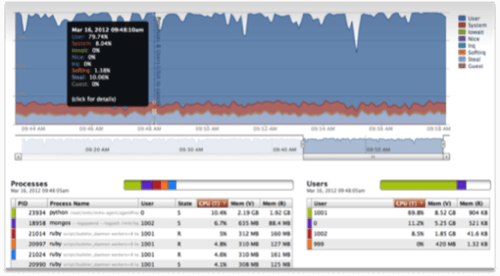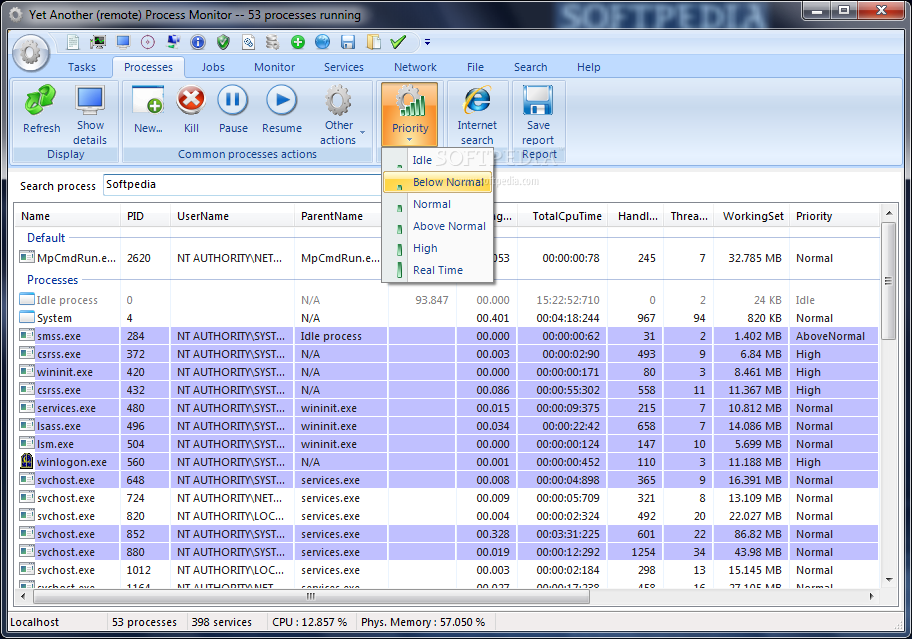


To display information on processes running on the system, choose System > Server > Process.

Process-Displays information on the processes that are running on the server.

To display information on CPU and Virtual memory usage, choose System > Server > CPU and Memory.To monitor CPU and memory usage for specific server, choose the server from the host drop-down list box. CPU and Memory-Displays information on CPU usage and Virtual memory usage for the server.To display information on predefined system objects, choose System > System Summary. Viewing/Monitoring Predefined System Objectsĭisplays information on Virtual Memory usage, CPU usage, Common Partition Usage, and the alert history log. The system cannot determine the state of the service, as indicated in the Critical Services pane. The service does not exist in a currently activated status, as indicated in the Critical Services pane and in Service Activation in Cisco Unified Serviceability. The Critical Services pane indicates the status. You performed a task that intentionally stopped the service for example, the service stopped because you backed up or restored Cisco Unified CallManager, performed an upgrade, stopped the service in Cisco Unified Serviceability or the Command Line Interface (CLI), and so on. The CriticalServiceDown alert gets generated when the service status equals down. The Critical Services pane indicates that the service is down. The service stopped running unexpectedly that is, you did not perform a task that stopped the service. The service currently remains stopped, as indicated in the Critical Services pane and in Control Center in Cisco Unified Serviceability. The service currently runs, as indicated in the Critical Services pane and in Control Center in Cisco Unified Serviceability. The service currently exists in start mode, as indicated in the Critical Services pane and in Control Center in Cisco Unified Serviceability For a specific description of each state, see Table 3-1. It also displays the percentage of disk usage for each partition (Active, Boot, Common, Inactive, Swap, SharedMemory) in each host.įor Cisco Unity Connection 6.0, the Critical Services monitoring category provides the name of the critical service, the status (whether the service is up, down, or not activated), and the elapsed time during which the services are up and running on the system.įor Cisco Unity Connection 6.1, the Critical Services monitoring category provides the name of the critical service, the status (whether the service is up, down, activated, stopped by the administrator, starting, stopping, or in an unknown state), and the elapsed time during which the services are up and running on the system. The disk usage monitoring category charts the percentage of disk usage for the common and swap partitions. RTMT displays the following information for each process-process ID (PID), CPU percentage, Status, Shared Memory (KB), Nice (level), VmRSS (KB), VmSize (KB), VmData (KB), Thread Count, Page Fault Count, and Data Stack Size (KB). The Processes monitor provides information about the processes that are running on the system.
#SERVER PROCESS MONITOR FREE#
For memory, the information includes the Total, Used, Free, Shared, Buffers, Cached, Total Swap, Used Swap, and Free Swap memory in Kbytes, and the percentage of Virtual Memory in Use. The percentage of CPU equals the total time that is spent executing in all the different modes and operations excluding the Idle time. For each CPU on a server, the information includes the percentage of time that each processor spends executing processes in different modes and operations (User, Nice, System, Idle, IRQ, SoftIRQ, and IOWait). The CPU and Memory monitor provide information about the CPU usage and Virtual memory usage on each server. The Servers category monitors CPU and memory usage, processes, disk space usage, and critical services for the different applications on the server.


 0 kommentar(er)
0 kommentar(er)
